
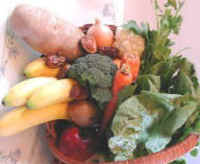 Vegetables -
Ingredients Descriptions and Photos
Vegetables -
Ingredients Descriptions and Photos
From All-Creatures.org Vegan - Vegetarian Recipe Book: How Mary and Frank and Friends Eat
"We are dedicated to cruelty-free living through a vegetarian - vegan lifestyle. Let no animal suffer or die that we may live!"
Ingredients Descriptions and Photos
Vegetables
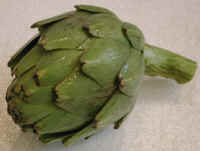




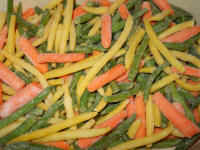
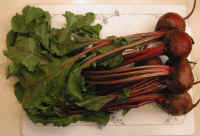


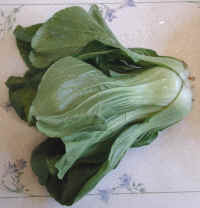
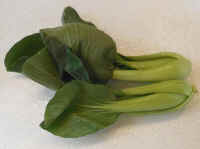
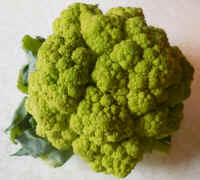




Cabbage, Bok Choy - See Bok Choy
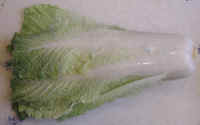
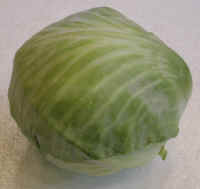
Cabbage, Napa - See Napa


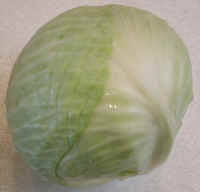



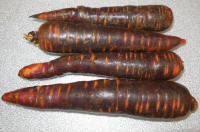
 (Carrots, Purple)
We found it very interesting that the purple carrot was
probably around for 4-5,000 years. Purple was the original color of carrots, and
the orange carrot that is common today, wasn't developed until the 17th century
in the Netherlands. We found that the taste of these purple carrots is similar
to the orange variety. We have only seen them available from some farm stores.
We could not find any nutritional information specifically for purple carrots,
so see the nutritional information for Carrots. To
the right is a cross section of a purple carrot.
(Carrots, Purple)
We found it very interesting that the purple carrot was
probably around for 4-5,000 years. Purple was the original color of carrots, and
the orange carrot that is common today, wasn't developed until the 17th century
in the Netherlands. We found that the taste of these purple carrots is similar
to the orange variety. We have only seen them available from some farm stores.
We could not find any nutritional information specifically for purple carrots,
so see the nutritional information for Carrots. To
the right is a cross section of a purple carrot.


Chard - See Swiss Chard
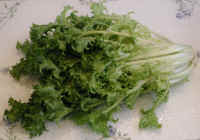
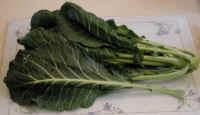
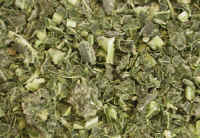
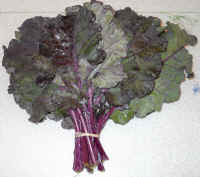



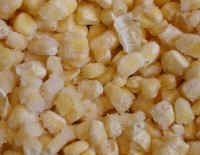



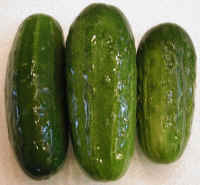



Endive, curly - See Chicory

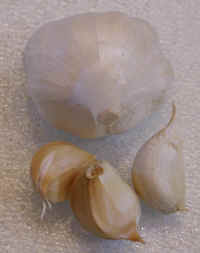
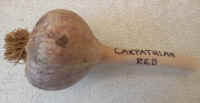


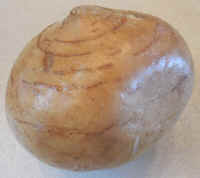

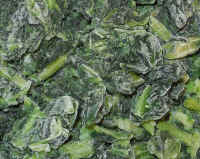










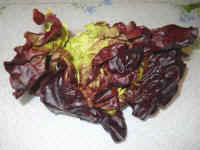
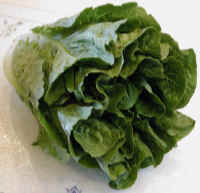


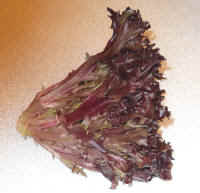
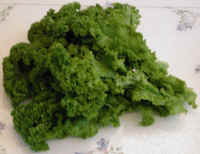

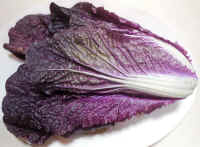


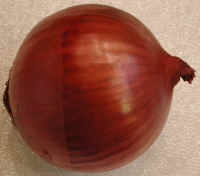





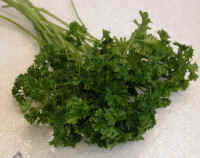

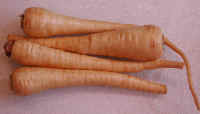

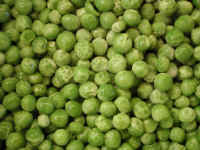




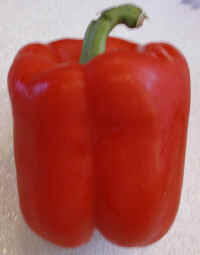
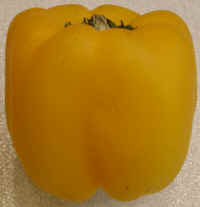
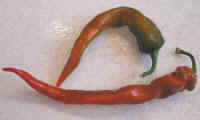



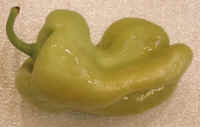
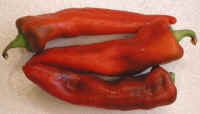

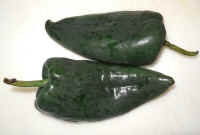



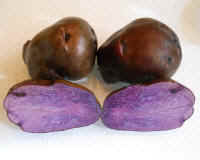




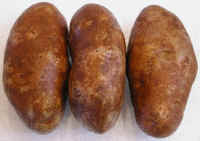






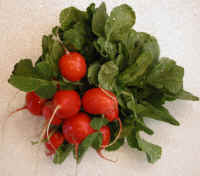
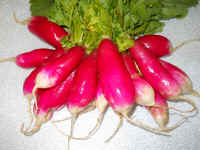

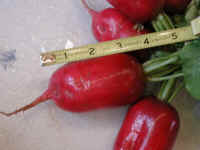 (Radish, Large Red) We found this large variety of red
radish in a local farm store. Their texture and taste is exactly like the
common red radishes that are sold in the supermarkets. They were wonderful
cut up in our salads. We purchased them several times until their season
ended in mid summer. We could not find any information about these large
red radishes on the internet, thus we could not include a specific nutritional chart.
(Radish, Large Red) We found this large variety of red
radish in a local farm store. Their texture and taste is exactly like the
common red radishes that are sold in the supermarkets. They were wonderful
cut up in our salads. We purchased them several times until their season
ended in mid summer. We could not find any information about these large
red radishes on the internet, thus we could not include a specific nutritional chart.
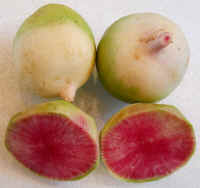


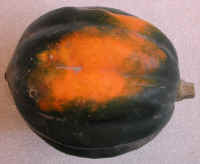

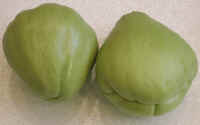






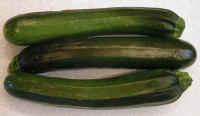
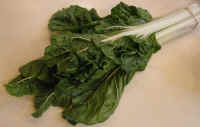
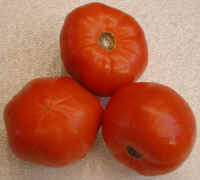


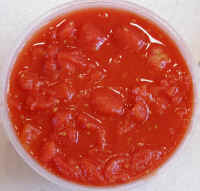


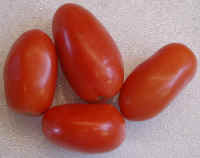

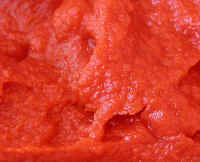
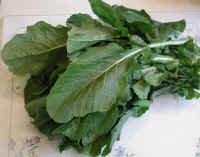
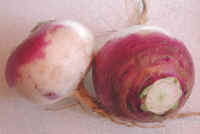

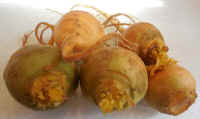

Return to: Ingredients Description and Photos
 The
above recipe is in keeping with God's creation intent (Genesis 1:29-31):
'Then God said, "I give you every seed-bearing plant on the face of the whole earth and every
tree that has fruit with seed in it. They will be yours for food. And to all the beasts of the
earth and all the birds of the air and all the creatures that move on the ground-- everything that
has the breath of life in it-- I give every green plant for food." And it was so. God saw all
that he had made, and it was very good.' (NIV) Let no animal suffer or die that we may live!
The
above recipe is in keeping with God's creation intent (Genesis 1:29-31):
'Then God said, "I give you every seed-bearing plant on the face of the whole earth and every
tree that has fruit with seed in it. They will be yours for food. And to all the beasts of the
earth and all the birds of the air and all the creatures that move on the ground-- everything that
has the breath of life in it-- I give every green plant for food." And it was so. God saw all
that he had made, and it was very good.' (NIV) Let no animal suffer or die that we may live!






